Have you ever wondered why some documents look more professional than others? The secret often lies in the font choice. Choosing the best font for professional documents can make a big difference. Fonts like Times New Roman and Arial are top choices. They make your documents clear and easy to read. But how do you pick the right one? Let’s explore the world of fonts together and uncover the best options for your documents.
Key Takeaways
- Choose a font that is simple and clear.
- Fonts like Times New Roman work best.
- Consider the document’s purpose and audience.
- The best font for professional documents improves readability.
- Fonts affect how people view your document.
Why Fonts Matter In Professional Documents
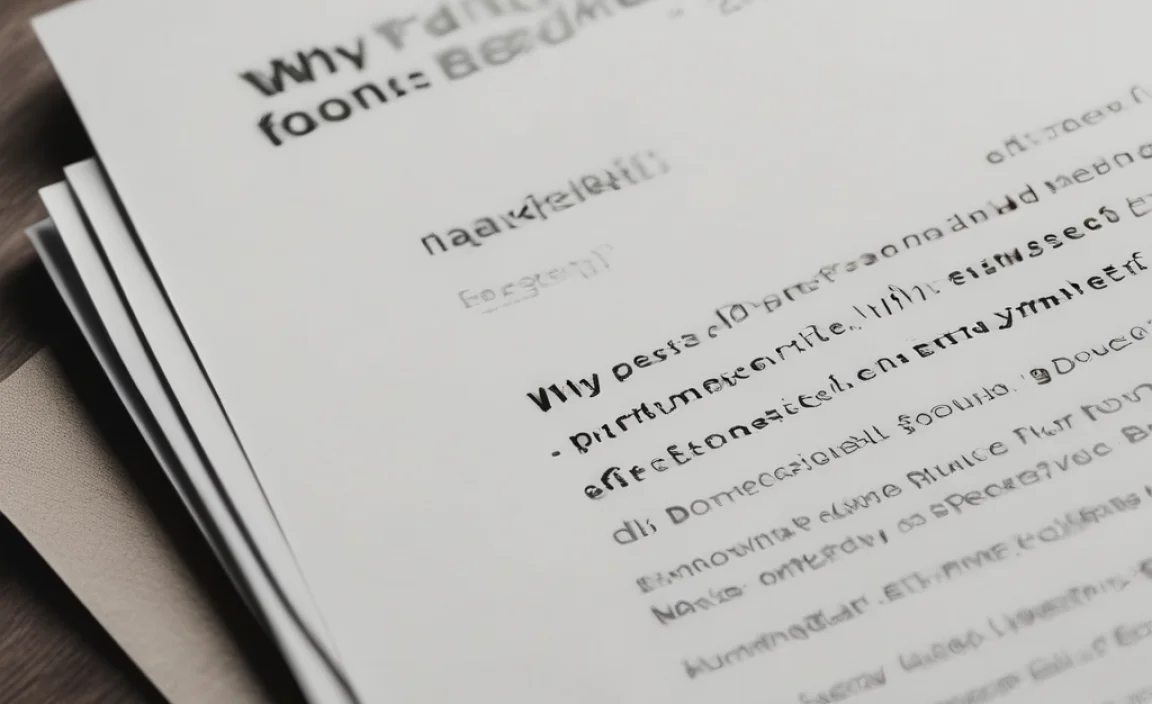
Fonts play a huge role in how your document is received. Imagine writing a serious report in a playful font. Your hard work might not be taken seriously. The best font for professional documents ensures your message is clear. It shows you care about your work and the reader’s experience. Choosing the right font can improve how your document looks and feels.
- Fonts affect readability.
- Fonts can change the document’s tone.
- Professional fonts show seriousness.
- Fonts help in organizing content.
- Right fonts can make text easy to skim.
Different fonts serve different purposes. Some fonts are better for headings, while others are great for body text. You want to pick a font that suits the type of document you are creating. Professional fonts help communicate your message effectively and make your document look polished.
Fun Fact or Stats : Did you know people read serif fonts faster in print?
Choosing Fonts For Different Purposes
Picking a font depends on what you’re writing. Are you creating a resume, a report, or a letter? Each document needs a font that fits its purpose. For instance, resumes often use serif fonts like Times New Roman. Reports might use Arial for its clean look. Knowing the right font can make your document stand out. It can show your professionalism to others.
What Makes A Font Professional?
Professional fonts are easy to read. They should look clean and not too fancy. When you use professional fonts, your text looks organized. Readers can find information quickly. Fonts like Calibri and Helvetica are good examples. They are simple yet effective. Selecting a professional font can enhance your document’s appearance and message.
Understanding Serif And Sans Serif Fonts
Have you heard of serif and sans serif fonts? Serif fonts have little lines at the end of letters. Times New Roman is a serif font. Sans serif fonts don’t have those lines. Arial is a sans serif font. Each type has its use. Serif fonts are often used in print. Sans serif fonts are great for screens. Knowing the difference helps you choose the right font.
Popular Fonts For Professional Documents
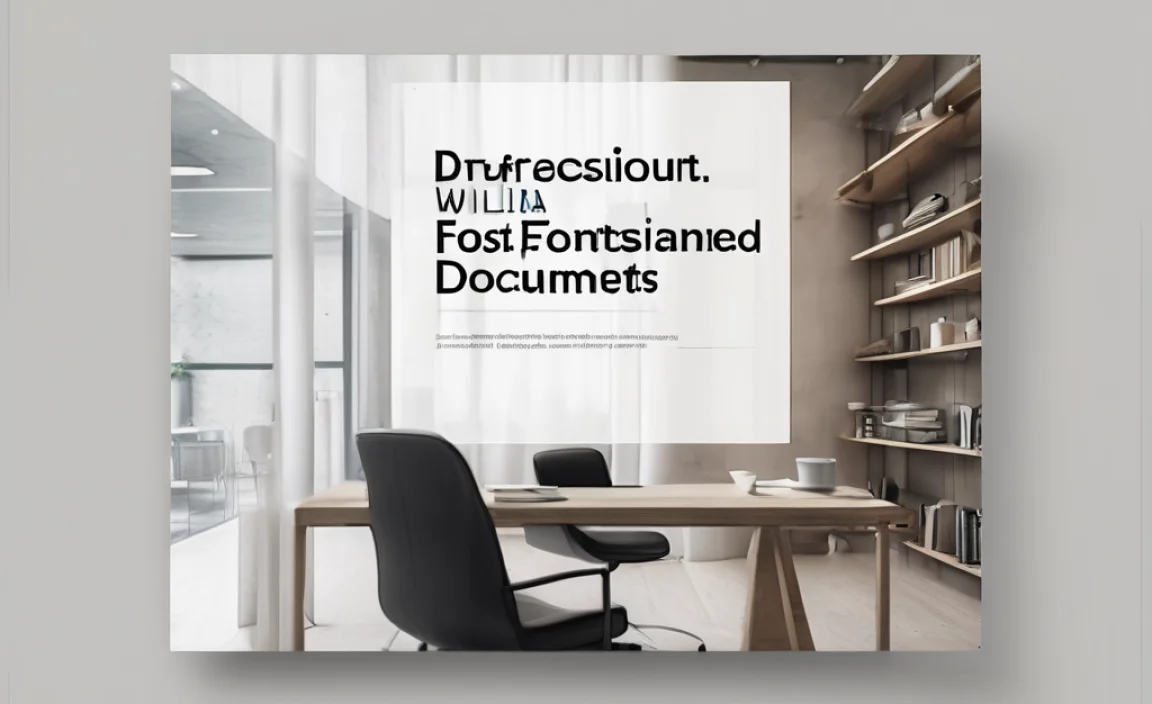
When creating a professional document, some fonts are more popular than others. People often choose Times New Roman for formal letters. Arial is a go-to for reports. Calibri is used in many business emails. Each font has its unique features that make it suitable. The best font for professional documents depends on the intended use and audience.
- Times New Roman is classic and formal.
- Arial is clean and modern.
- Calibri is easy to read in emails.
- Helvetica is simple and elegant.
- Georgia is used for its readability.
Choosing the right font also involves considering how it looks in different formats. Fonts can appear differently on paper and digital screens. Your choice should maintain clarity across all formats. This ensures your document is effective and professional.
Fun Fact or Stats : Arial was designed in 1982 and is widely used online.
Times New Roman: The Classic Choice
Times New Roman is a classic font. It’s used in many professional documents. This serif font is formal and reliable. It makes your writing clear and easy to read. Many people trust Times New Roman for its familiarity. Using it shows tradition and professionalism.
Arial: Modern And Versatile
Arial is a modern sans serif font. It’s versatile for different documents. The font is clean and straightforward. Arial is often used in reports and presentations. It helps keep the focus on the content. Arial’s simplicity makes it a favorite in the business world.
Calibri: Readability And Style
Calibri is known for its readability. It combines style with simplicity. Many businesses use Calibri in emails and reports. The font’s design is easy on the eyes. It helps keep the reader engaged with the content. Calibri adds a modern touch to documents.
Factors To Consider When Choosing Fonts
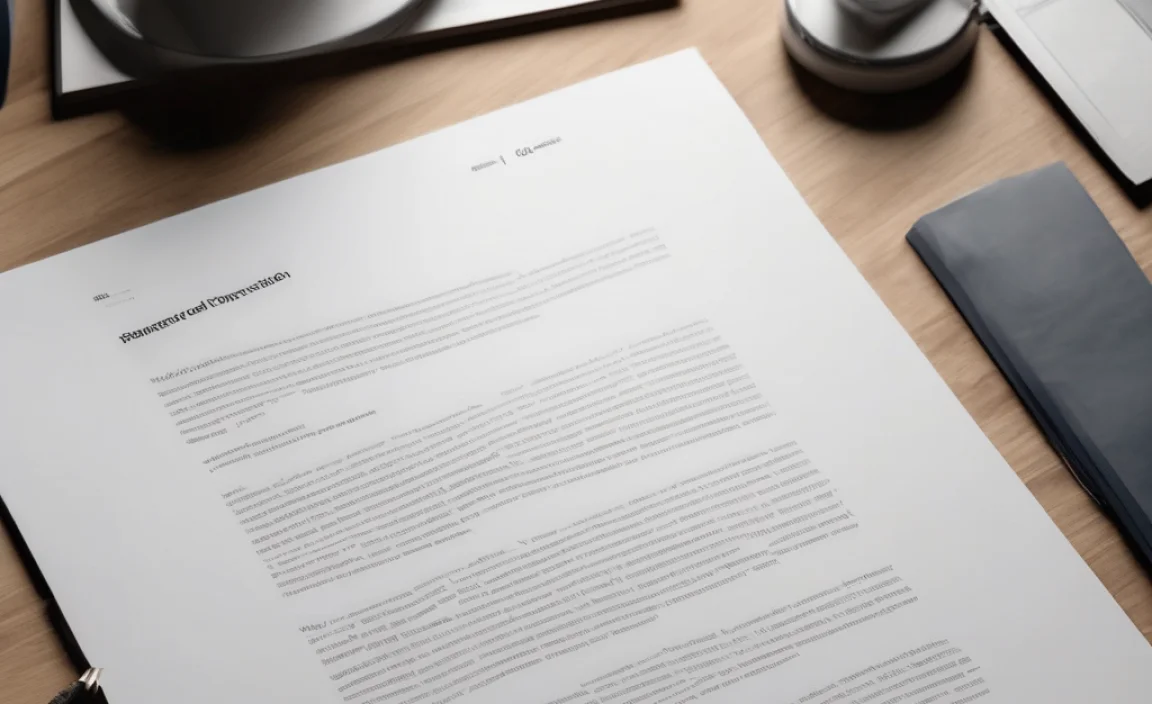
Choosing the right font involves more than picking a favorite style. You need to think about the document’s purpose. The audience is also important. Are you writing for kids or adults? Also, consider the medium. Will it be printed or digital? Each factor affects the choice. The best font for professional documents considers all these elements.
- Consider the document’s purpose.
- Think about the audience.
- Choose fonts that suit the medium.
- Ensure readability on all devices.
- Match the font with the document’s tone.
These factors help determine the most suitable font. For formal documents, serif fonts are ideal. For digital documents, sans serif fonts work well. Choosing wisely makes your document effective and professional. This approach shows thought and care in your work.
Fun Fact or Stats : Helvetica is often used in logos for its clarity.
Considering The Document’s Purpose
What is your document’s purpose? A report is different from a letter. Each needs a font that fits its function. For instance, a resume may use a formal serif font. An email might use a sans serif font for clarity. Understanding the purpose helps you choose the best font.
Audience And Font Choice
Who will read your document? An audience of young students may prefer simple fonts. Adults may appreciate a classic look. Knowing your audience helps you pick the right font. It ensures they can read and understand your content. The right font can make your document more appealing.
The Medium Of The Document
Is your document for print or online? Different mediums require different fonts. Printed documents often use serif fonts. Digital screens work well with sans serif fonts. The medium affects how a font looks. Choosing the right one ensures clarity in all formats.
Comparing Popular Professional Fonts
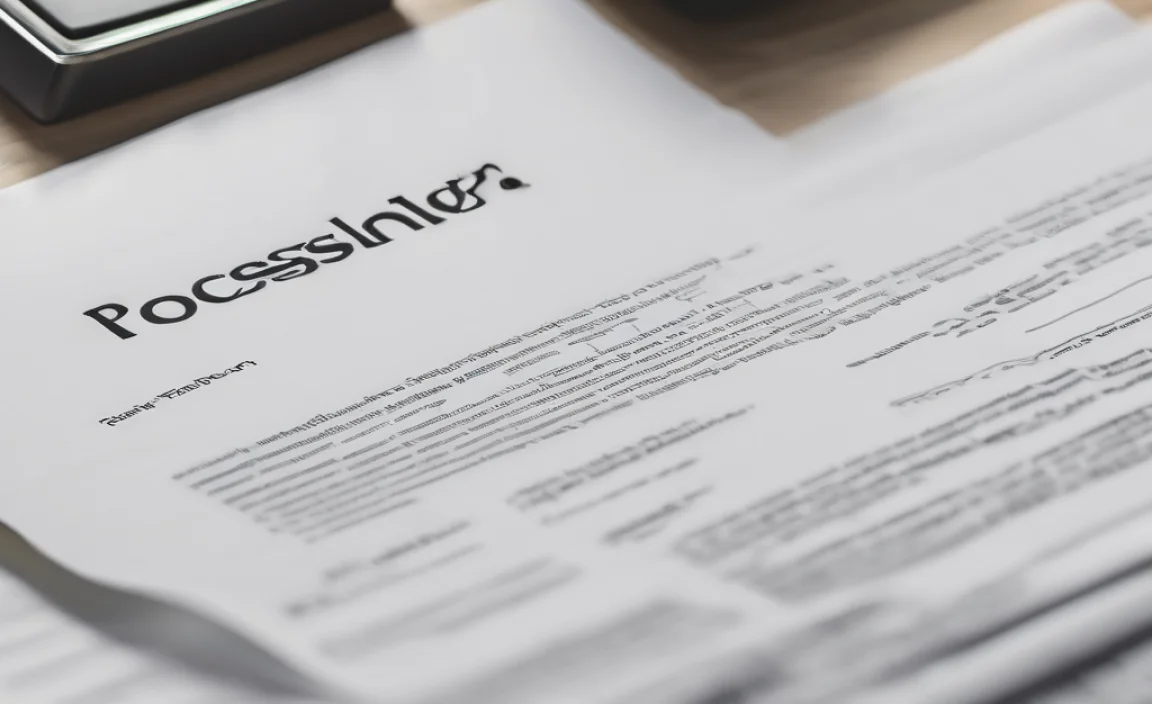
Let’s compare some popular professional fonts. Each has unique features that make it special. Understanding these helps you pick the right font for your document. This comparison will guide you to the best font for professional documents. It will help you make informed choices based on your needs.
| Font | Type | Best For | Key Feature |
|---|---|---|---|
| Times New Roman | Serif | Formal Documents | Classic and Trustworthy |
| Arial | Sans Serif | Reports | Modern and Clear |
| Calibri | Sans Serif | Emails | Readable and Stylish |
| Helvetica | Sans Serif | Brand Logos | Elegant and Clear |
- Times New Roman is classic.
- Arial is modern.
- Calibri is stylish.
- Helvetica is clear.
- Georgia is readable.
This comparison shows how each font serves a specific purpose. Times New Roman is trusted for formal documents. Arial is great for modern reports. Calibri adds style to emails. Helvetica offers elegance in branding. Each font has its place in professional documents.
Fun Fact or Stats : Calibri replaced Times New Roman in Microsoft Office in 2007.
Features Of Times New Roman
Times New Roman is a serif font. It’s one of the most used fonts worldwide. It is clear and formal. This font is ideal for documents that need to look serious. It’s perfect for academic and business writings.
Attributes Of Arial
Arial is a sans serif font. It’s known for its modern look. Arial is widely used in digital documents. Its simplicity makes reading easy. Arial is a favorite for reports and presentations.
Benefits Of Calibri
Calibri is a sans serif font. It combines style with readability. Many businesses use Calibri for emails. Its design is easy on the eyes. Calibri keeps readers engaged with the content.
Conclusion
Choosing the best font for professional documents is important. It affects how people see your work. Fonts like Times New Roman and Arial are popular choices. Each font has its strengths. Consider the document’s purpose and audience. Use fonts to improve readability and professionalism.
FAQs
Question: Why is Times New Roman often used in professional documents?
Answer: Times New Roman is a classic serif font. It’s clear and formal. This makes it perfect for professional documents. Its familiarity also helps readers feel comfortable. It’s widely accepted in business and academic settings. Choosing this font shows tradition and seriousness in your work.
Question: What makes a font suitable for professional documents?
Answer: A good professional font is clear and easy to read. It should match the document’s tone. Fonts like Arial and Calibri are simple and effective. They improve readability and organization. A suitable font helps convey your message clearly. It enhances the document’s professionalism and appeal.
Question: How does font choice affect document readability?
Answer: Font choice greatly affects readability. A clear font makes reading easy. It helps readers understand the content quickly. Fonts like Arial and Calibri are known for their clarity. They ensure the text is easy on the eyes. This keeps readers engaged and focused on the message.
Question: Are sans serif fonts better for digital documents?
Answer: Yes, sans serif fonts are often better for digital documents. They are clean and simple. This makes them easy to read on screens. Fonts like Arial and Calibri are popular choices. They keep the text clear and accessible. Choosing sans serif fonts enhances digital readability.
Question: What is the difference between serif and sans serif fonts?
Answer: Serif fonts have small lines at the end of letters. Times New Roman is a serif font. Sans serif fonts lack these lines. Arial is a sans serif font. Serif fonts are traditional and formal. Sans serif fonts are modern and clear. Each type serves different purposes in documents.
Question: Why is font choice important for professional documents?
Answer: Font choice is crucial for professional documents. It affects how your work is perceived. The best font for professional documents ensures clarity and formality. It shows attention to detail and professionalism. Fonts like Times New Roman and Arial enhance readability. They help convey your message effectively.
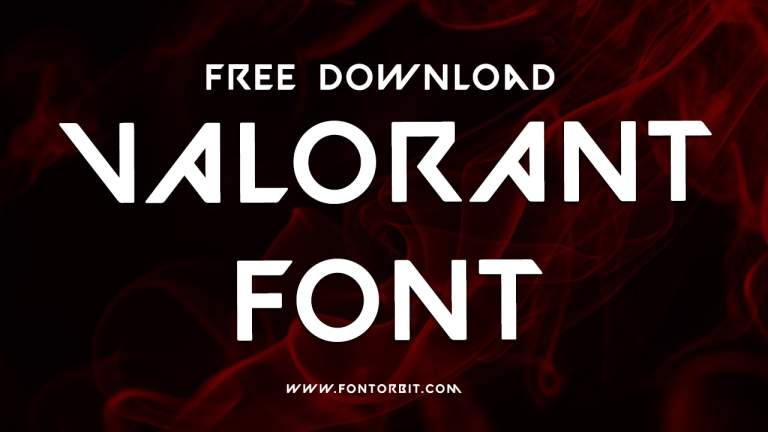
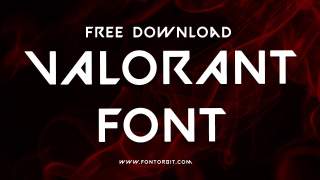


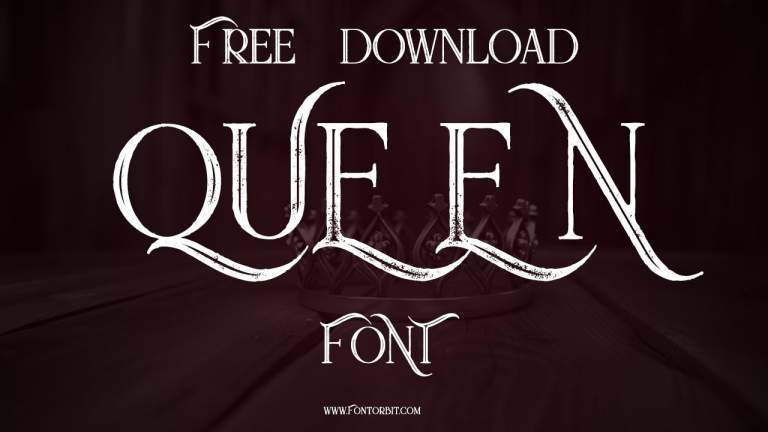
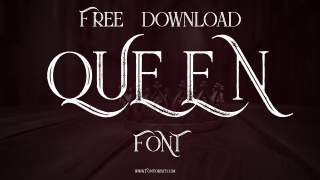




Leave a Comment